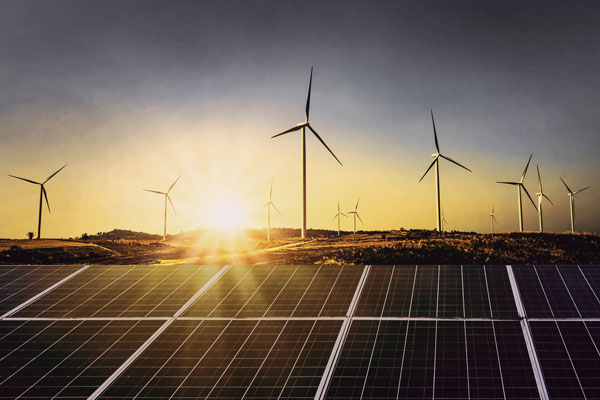The deadly impact of windfarms on bird and bat populations shows there are no easy solutions when it comes to developing sustainable energy.
Under the Paris Agreement of 2015, governments agreed to try to limit emissions so that global temperature rises would stay well below 2°C above pre-industrial levels. As countries scramble to achieve this aim, renewable energies have come ever-more sharply into focus.
One of the fastest-growing renewable sectors is windfarm technology, with windfarms increasingly appearing across the landscape. According to the International Energy Agency, the amount of wind generation added in 2020, 114 GW, was nearly double the additions made in 2019.
But, like everything, there’s no free lunch when it comes to wind power. A study by Britain’s Royal Society found windfarms have an impact on birds and bats, causing significant fatalities of various species around these installations.
This high mortality rates come from collision with the wind turbine blades, which generally spin at speeds that make it hard for birds to see them and beyond the range of the ultrasonic navigation sounds used by bats.
Collisions are a real problem in the developing world
Developing countries have raced to install wind power as a means of meeting climate goals and pulling their populations into the modern world through clean, readily available electricity.
However, the Royal Society research found rapid windfarm development is having a significant impact on migratory species, particularly in Africa, and work must be done to establish the patterns flown by birds and bats in these countries as a way of reducing mortality.
It also found – as might be expected – the bigger the turbine blade, the greater the impact on bird and bat life. But it’s not as easy as simply installing greater numbers of smaller turbines, because the greater the turbine density, the harder it is for animals to negotiate these fields as they hunt, nest and migrate.
The balancing act, the paper’s authors found, was to deploy fewer, larger turbines. The optimum turbine size, it found, was 1.25MW, which are larger than a field of small turbines but smaller than the very large blades which cause the highest rates of mortality.
It’s not a done deal, however, with more research required to understand the relationship between collision risk and larger – and therefore more efficient – turbines, and how this relationship changes between habitats.
Mitigating risk
Scientists and engineers are working on ways to mitigate the risk from windfarms for birds and bats. One answer is to use microphones at the centre of the turbine blade array to detect the ultrasonic sounds made by migratory bats. When their sounds are detected, the turbine is powered down to give the bats a clear path.
Another possible solution is to use artificial intelligence-equipped cameras able to detect migratory birds in the path of the turbine blade, and like the microphone solution, shut down the blades when birds fly by.
A total redesign of turbine blades could also be on the cards, with a vertical blade under consideration, which initial studies show could have a lower impact on wildlife.
As we strive towards net-zero, renewables and windfarms have an important role to play. But analysing the impact these ‘green’ installations have on wildlife goes to show there is very rarely a perfect solution.














